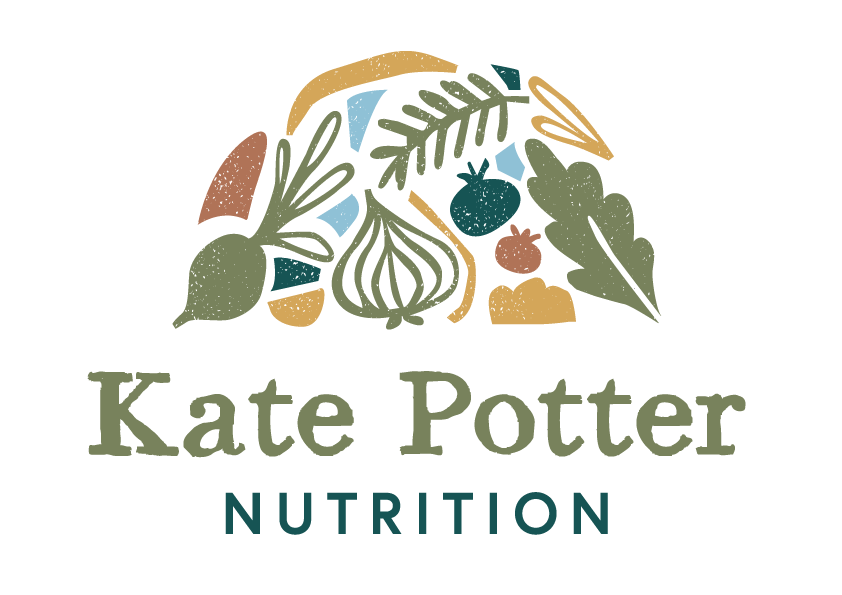Histamine case study
Histamine case study: Sarah
Sarah came to me with rosacea, persistent sinus infections and poor digestion. She had suffered from various chronic sinus and ear infections since childhood and rosacea had developed in her early 20s. She had also developed bloating and occasional nausea and diarrhoea in her late teens after a stressful time at school and university.
Her test results showed low sIgA (indicating possible food intolerances and high stress), dysbiosis (microbial dysregulation) and inflammation in the gut, certain nutritional deficiencies and insufficient fibre intake.
Sarah’s symptoms and test results were indicative of high histamine levels; current sinus and / or ear problems, food intolerances and unexplained diarrhoea and nausea, low vitamin B6 and vitamin C (key nutrients for processing histamine). Rosacea is particularly associated with histamine issues, as well as gluten intolerance or coeliacs. Other symptoms of high histamine can include recurrent headaches or migraines, as well as itching, acne and eczema, especially during the hayfever and grasses season.
High levels of histamine are inflammatory and can drive autoimmune conditions. Chronic stress can trigger histamine problems, as stress depletes magnesium, which is needed to process and remove histamine. Stress also raises cortisol, which inhibits the metabolic pathway for removing histamine. Therefore I always consider histamine when symptoms develop following a period of acute stress.
Histamine is not only produced in response to allergens such as pollen, it is also triggered by food intolerances. It is produced by mast cells in the gut when someone is intolerant to particular foods. It needs to be detoxified by the liver, principally via a pathway called methylation. When the function of this methylation pathway is impaired, histamine can build up and contribute to inflammation and autoimmunity.
We supported Sarah by removing certain foods that she was intolerant to, as well as using food and supplements to increase the capacity of her methylation pathway. This allowed her to process her histamine more effectively and gave her gut a chance to heal. We also temporarily reduced the high histamine foods in her diet, as well as increasing fibre through introducing more plant foods. We explored ways in which she could reduce stress (cortisol), as cortisol reduces methylation capacity and also increases the chance of food intolerances developing, through inhibited digestive function.
Sarah’s sinus and digestive problems improved fairly quickly. It took longer for her rosacea to subside, which is to be expected with skin conditions. Sarah continues to avoid certain foods she still reacts to, but is finding that over time, her reactions are becoming milder. She plans to continue phasing back in foods as her body allows, as well as to continue working on her stress and resilience levels, as this was a significant part of the picture for her too.
High histamine foods
Many foods contain histamine. We are only interested in those that contain high levels. They do not need to be avoided, just reduced. These include:
fermented foods such as kefir and kimchi
alcohol
bananas
spinach
avocado
coffee
strawberries
canned fish
shellfish
fried fruits
See below for a low histamine recipe suggestion.
Murcia-style rice (recipe from Gonzalo Baro’s 'Vegan recipes from Spain’)
This dish is suggested with both the season and histamine in mind. It is a lovely spring / summer Spanish recipe that is simple to make and to digest. It is particularly rich in vitamin B6, vitamin C and magnesium. These nutrients increase the capacity of the methylation pathway mentioned above, which processes histamine.
Sweet Spanish paprika and saffron are high in B6 but low in histamine - note that spicy varieties of paprika can be high in histamine. Parsley is also particularly high in B6, as are kidney beans.
It is also worth noting that while red tomatoes are high in histamine, green tomatoes contain much lower amounts. Green tomatoes are in season at the moment. If you react to tomatoes, you can just leave them out altogether.
If you are very sensitive to histamine, you may find that you tolerate freshly cooked beans better than tinned beans.
Finally, lemon is a histamine liberator, so people with high levels of stored histamine may react to it. However, it is also high in vitamin C, which is a natural anti-histamine and can be beneficial in processing excess histamine.
Ingredients
One white onion
4 cloves garlic
1 tbsp olive oil
1 large green tomato (optional)
1/2 tsp sweet Spanish paprika
2 pinches saffron threads
2 bay leaves
400g Bomba rice
1 litre veg stock
250g kidney beans
1 handful parsley leaves
1 lemon (optional)
Method
Peel and finely chop the onion.
Peel and crush the garlic.
Heat the oil in a pan and sweat the onion and garlic over a medium heat until translucent.
Wash and quarter the tomato. Wash the pepper, remove the stem and seeds, and finely chop. Add the tomato and pepper to the pan and cook for about 5 minutes, until the tomato falls apart.
Add the paprika, saffron and bay leaves, and stir briefly.
Stir in the rice.
Add the stock and beans, and simmer for about 15 minutes, until the rice is cooked.
Season with salt and pepper and serve garnished with chopped parsley and lemon slices.
If you would like to find out more about working with me, visit my Working with Me page, or contact me via the Enquiry form.

